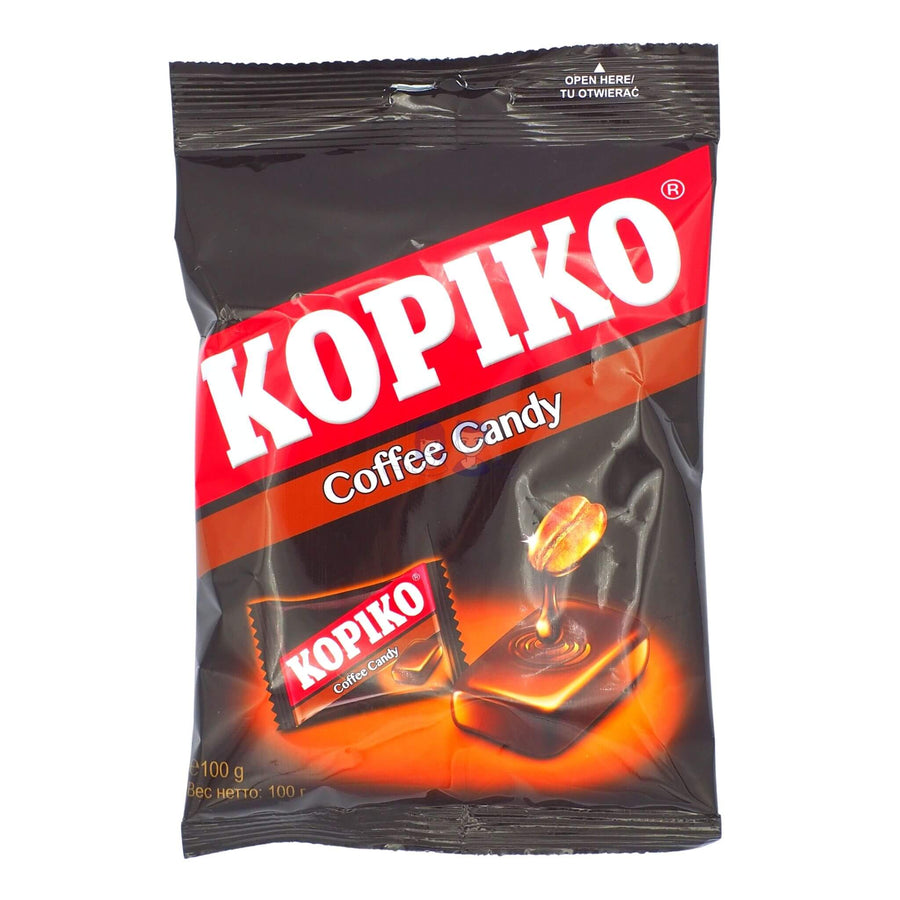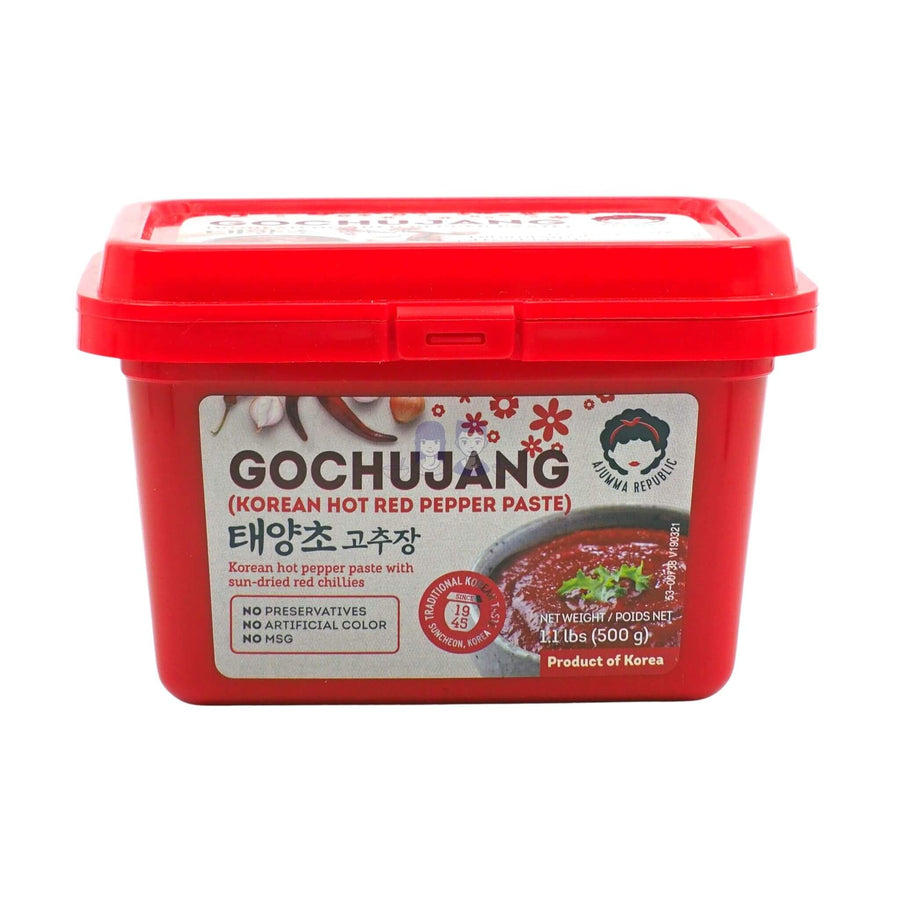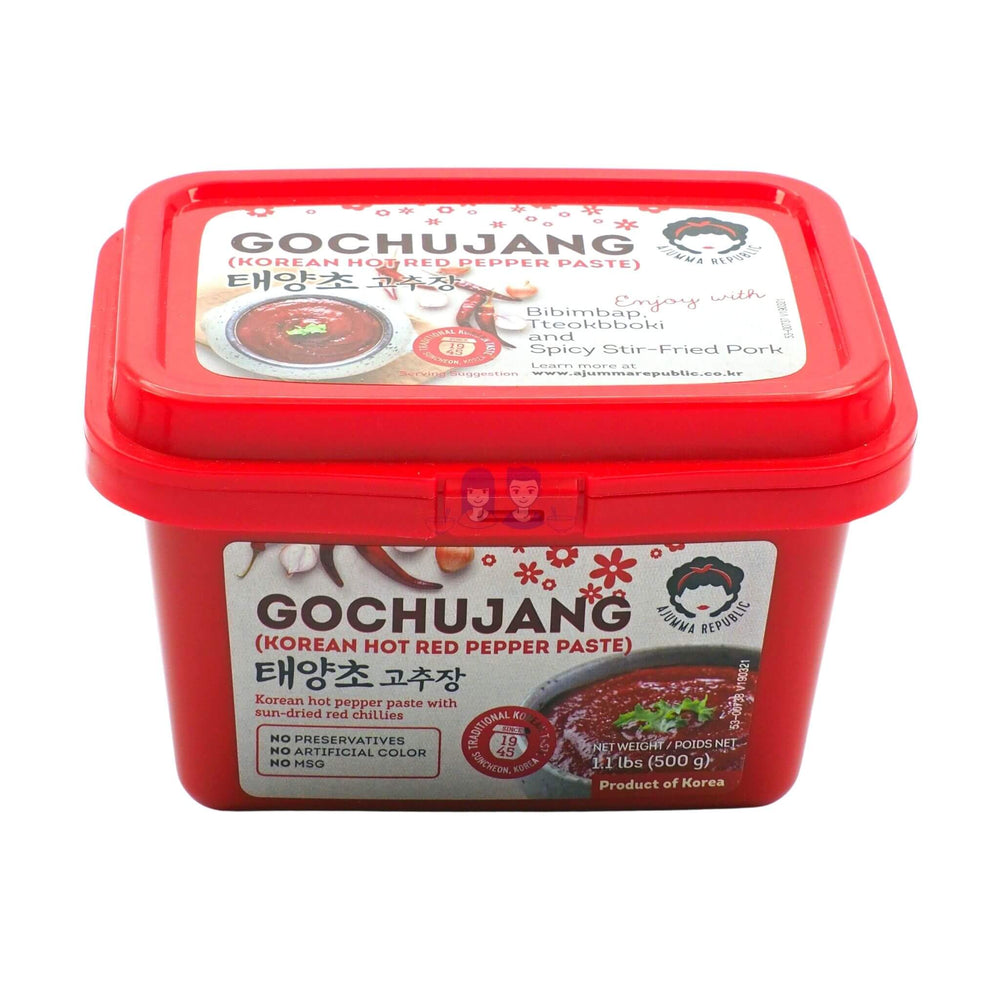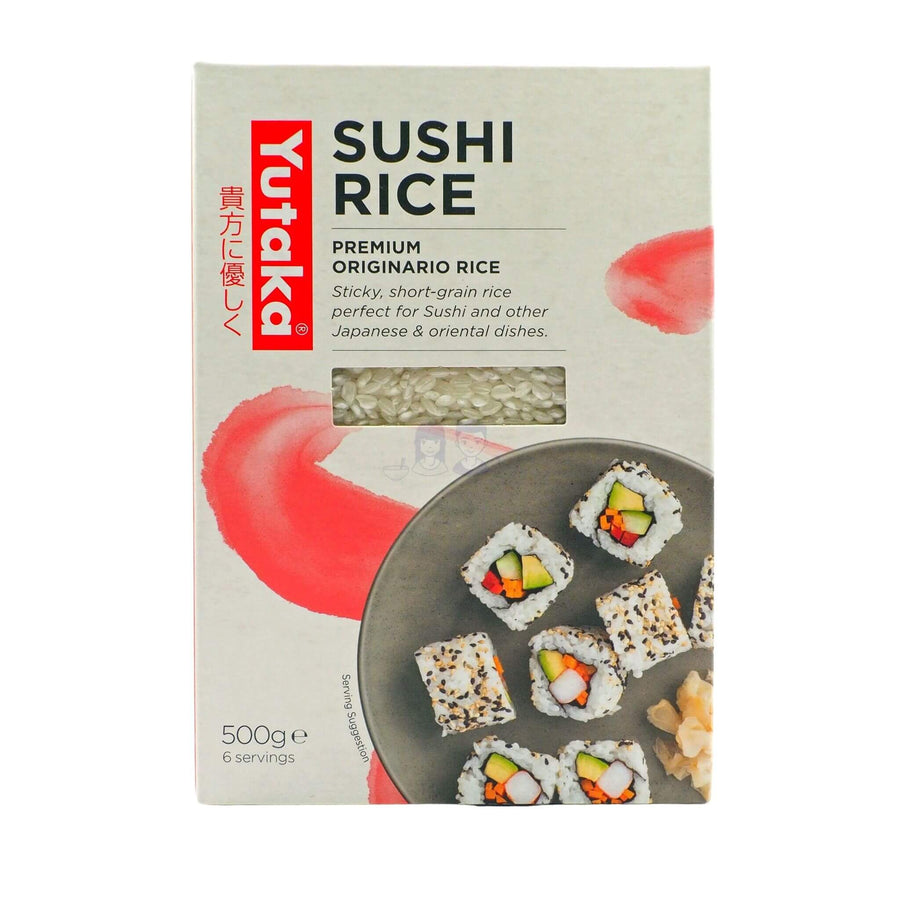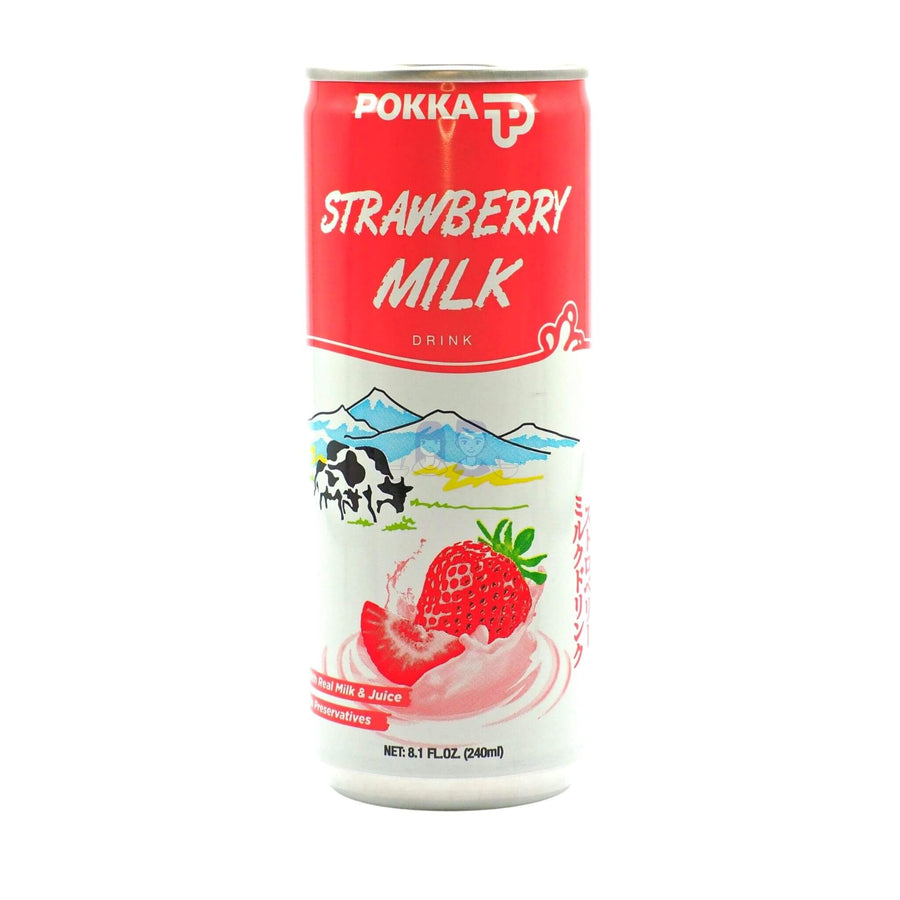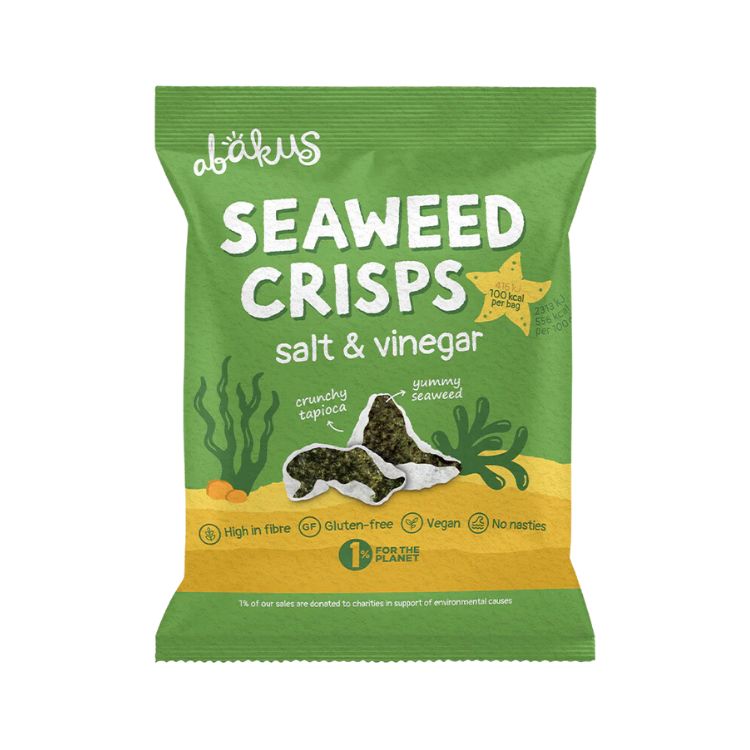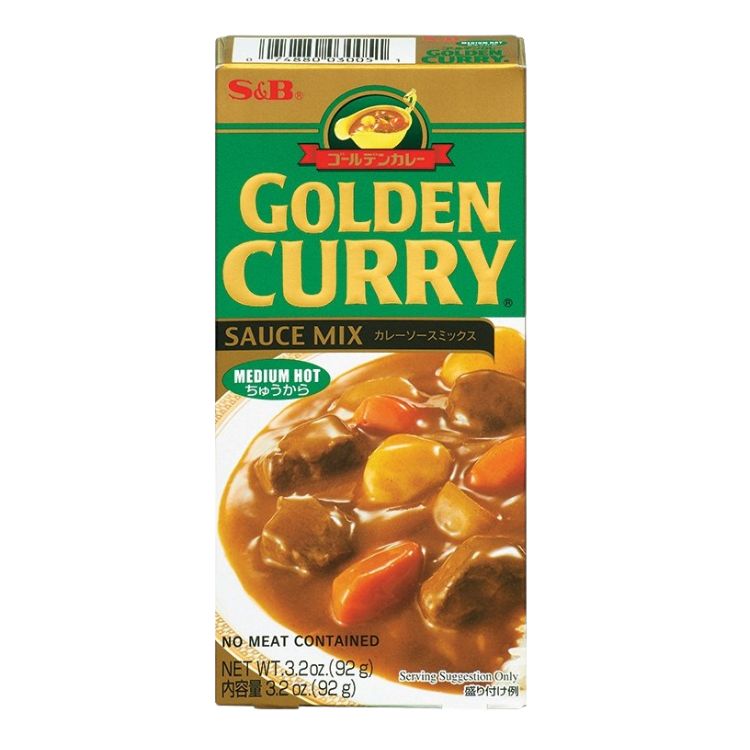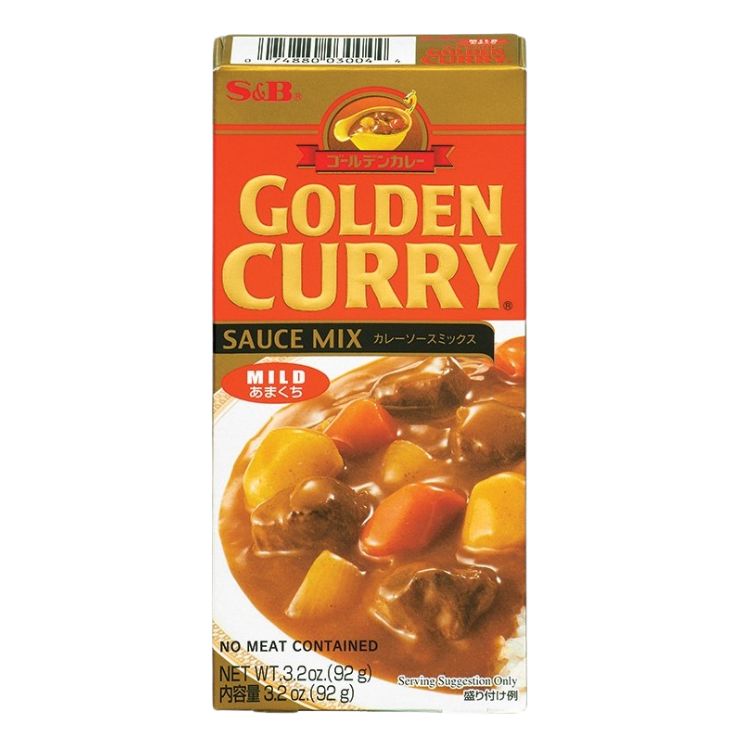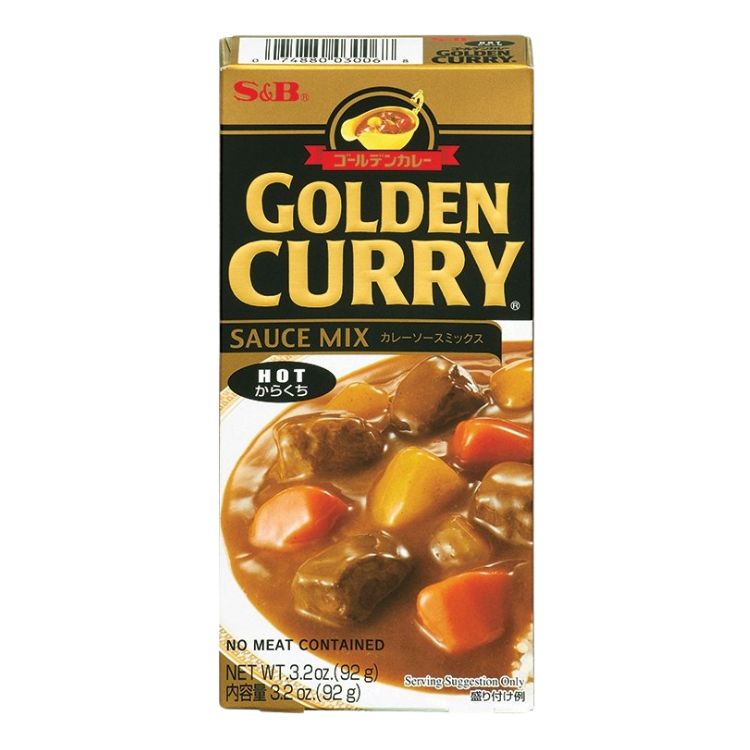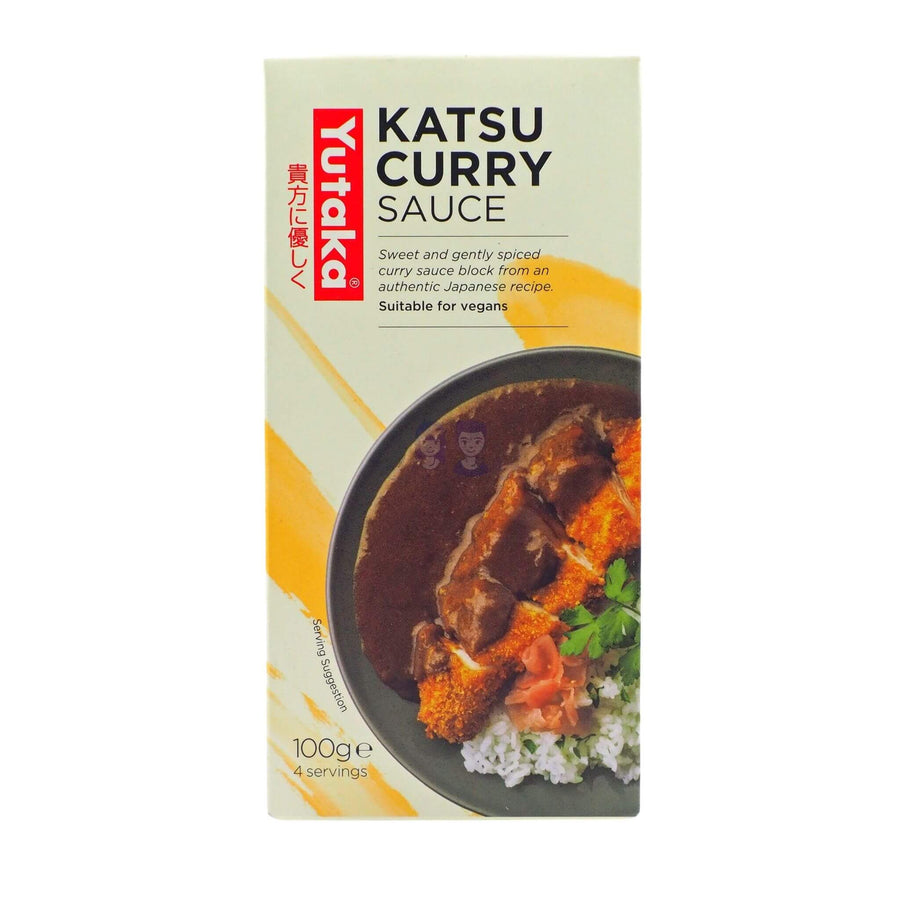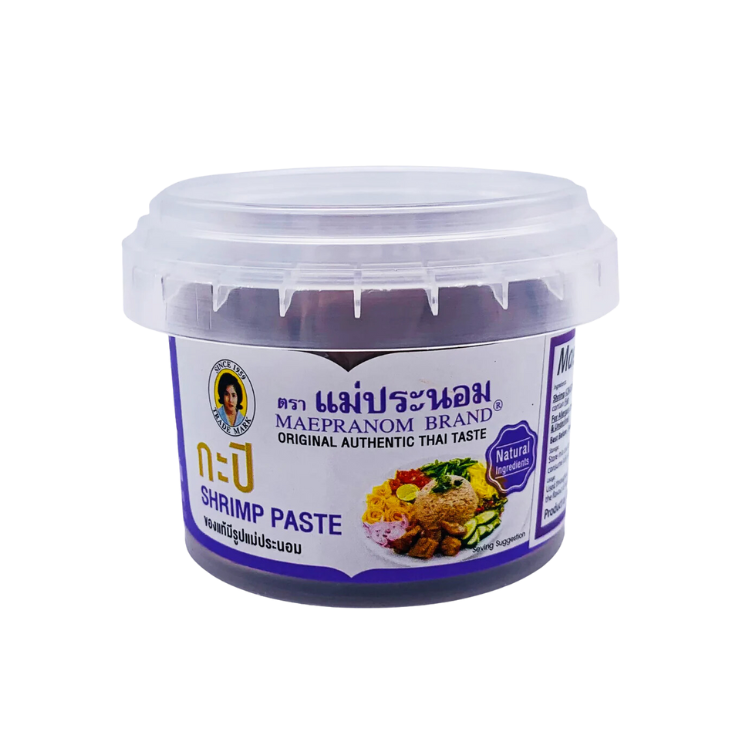Our Favourite Southeast Asian Curries & Stews
Southeast Asia is home to many cuisines and cooking traditions that reflect the region's rich history and diverse cultures, and have captivated food lovers across the globe. Curries and stews are some of the region's most popular staple foods, characterised by a complex blend of punchy flavours and fragrant spices.
Whether you're exploring Thai green curry recipes or diving into the techniques for Indonesian Rendang, Southeast Asia never disappoints.
Southeast Asian curries and stews are well-loved by every household. Below are some notable ones that we've tried over the years.
Essential Ingredients in Southeast Asian Curries
Several key ingredients are frequently found in Southeast Asian curries and stews and are key to recreating authentic dishes.
-
Coconut Milk: Adds creaminess and richness to curries.
-
Lemongrass: Provides a citrusy aroma that brightens dishes.
-
Turmeric: Imparts a warm colour and earthy flavour.
-
Galangal: Similar to ginger but with a sharper, more peppery taste.
-
Kaffir Lime Leaves: Infuse curries with a unique citrus fragrance.
-
Chilli Paste: Brings heat and depth to the flavour profile.
These ingredients form the backbone of many Southeast Asian curries, creating the complex and harmonious flavours they're known for.
→ Shop now: Our handpicked range of Asian curry pastes and powders
#1 Thai Green Curry (Thailand) - A Creamy and Fragrant Delight
The three common types of Thai curries are red, green, and yellow curry, which get their names from the colour of the chilli pastes they're made of. Green curry is a natural to-go order whenever we're at a Thai restaurant, or when we want to cook tasty Thai food at home, owing to its creamy texture and the perfect balance of sweet and spicy flavours.
Made with green chillies, coconut milk, fish sauce, kaffir lime leaves and Thai basil, this mixture of popular Thai ingredients makes it a rich and irresistible curry often eaten together with rice. It's no wonder it's a top choice for Thai food enthusiasts and one of the top Southeast Asian curries.

#2 Thai Red Curry (Thailand) - Less Spicy Alternative
A favourite for those looking up 'less spicy Thai curry recipes', this authentic Asian curry dish is a pleasant alternative to its spicier green counterpart. The red chilli paste gives the dish its orange tint, while coconut milk adds to its creamy consistency. Its savoury flavours come from a mixture of spices such as garlic, shallots, galangal, shrimp, and coriander. Fish sauce and various vegetables are also commonly added to enhance the depth of flavours.

#3 Panang Curry (Malaysia) - Nutty and Sweet Delight
This curry is characterised by its slightly sweet and nutty flavours, due to the roasted peanuts that are ground into the curry paste, forming the essence of this dish. Also known for its creamy texture, this curry is made with Panang curry paste, coconut milk, fish sauce and kaffir lime leaves. It has a lovely orange hue and is less spicy than other curries. We recommend adding vegetables or chicken to this curry and serve it generously over steamed white rice.

#4 Massaman Curry (Thailand) - Fusion of Flavours
A fusion of Thai, Malaysian, and Persian influences, Massaman curry is rich and mildly spicy, with a vibrant yellow hue. It's loaded with aromatic spices like cinnamon, star anise, and tamarind, which are added to a base of coconut milk for a creamy dish layered with an abundance of flavour. It's often paired with tender, dark meats and topped with potatoes and onion.

#5 Yellow Curry (Thailand) - A Turmeric Infused Delight
The mildest of the three common types of curry yet packed full of flavour, yellow curry gets its warm colour from turmeric. With a savoury and slightly sweet taste, it's made from spices such as lemongrass, cumin and ginger and features the use of yellow chilli. This curry is typically used in fish stew but can be cooked together with chicken or vegetables and served over steamed rice.

#6 Fish Head Curry (Singapore) - A Tangy Treat With Indian Influences
An iconic Singaporean dish and well-loved by locals and tourists alike, this dish gathers the spices of South Indian cooking and a Chinese delicacy - fish head, in a delicious pot of curry. It typically features the head of a red snapper, and the curry often has a tangy flavour. Made of coconut milk, tamarind, vegetables, and curry paste, this curry is slightly thinner than others but doesn't hold back in flavour.

#7 Indonesian Rendang (Indonesia) - A Slow Cooked Spicy Beef Delight
Originating from Indonesia, rendang is a dish with so much character and it's no surprise it's one of the most popular Indonesian dishes. Beef, coconut milk and a mix of spices such as lemongrass, turmeric and galangal are slow-cooked to create a beautiful crimson curry with delicious, tender chunks of meat that melt in your mouth. Each bite bursts with savoury, spicy flavours. We find that having this for dinner always ends our day on a comforting note!

#8 Gulai (Indonesia) - Rich Coconut-Milk Based Curry
Although recognised as an Indonesian curry dish, Gulai has found a place in the hearts of many across Malaysia and Singapore. Made with a spicy, rich coconut milk-based sauce and spices such as lemongrass, galangal, ginger and shallots, Gulai has a savoury and slightly tangy taste. It's often cooked with a meat of choice or vegetables and served over rice.

#9 Kare-Kare (Philippines) - Thick Peanut Sauce Curry
Kare-Kare is a traditional curry from the Philippines that's a hallmark of Filipino celebrations, usually served on special occasions, and is widely regarded as the ultimate comfort food in the country. The curry is characterised by its rich and thick peanut sauce, often cooked with shrimp paste, garlic and onion to pack it full of umami and salty flavours. It's often cooked with oxtail, tripe or vegetables, while annatto seeds are added to give it a lovely orange-yellow hue.

#10 Adobo (Philippines) - Art of Vinegar and Soy Sauce Marination
Adobo refers to a cooking process that involves marinating meat in vinegar and salt - a practice handed down from previous generations. Today, it refers to a staple dish in every Filipino household, where meat is stewed with a mixture of vinegar, soy sauce, peppercorns and garlic, producing a uniquely tangy and savoury flavour. This is one of our favourite foods of the Philippines. We find that the soft pieces of meat and sauce pair well with rice!

#11 Kari Ayam, (Malaysia) - Malaysian Chicken Curry
This is undoubtedly among the best dishes we've ever tasted and makes for a fantastic meal for breakfast, lunch or dinner. Here, Southeast Asian flavours congregate to create a savoury, rich curry served with soft pieces of chicken. It's made with a fragrant blend of shallots, cumin, lemongrass, and an assortment of aromatics, while coconut milk is added to achieve a creamy texture. This is often enjoyed with roti paratha (flatbread) but can also be eaten with rice.

#12 Ca Ri Ga (Vietnam) - Vietnamese Chicken Curry
Vietnamese curry, while milder than its spicier Thai counterparts, is equally flavourful and satisfying. It boasts a delicious blend of aromatics like lemongrass, ginger, and a generous dash of fish sauce! It's usually cooked together with chicken, potatoes, and carrots, while coconut milk provides a smooth and creamy consistency. We find it's best enjoyed with a slice of baguette.

Quick Tips for Making Authentic Southeast Asian Curries at Home
- Always choose fresh spices: Using freshly ground spices can significantly enhance the taste of your curry.
- Experiment with coconut milk: The richness of a curry often comes from the creaminess of coconut milk. Feel free to adjust the quantity to your preference.
- Adjust the heat: Southeast Asian curries can range from mildly spicy to extremely hot, balancing a spectrum of flavours. Adjust the number of chillies or opt for milder varieties like Anaheim or Serrano peppers based on your preference.
- Start with milder options: If you're new to Southeast Asian cuisine, begin with the gentler flavours like Yellow Curry (Thailand) or Vietnamese Chicken Curry (Vietnam) and gradually explore spicier options like Indonesian Rendang.
- Invest in a mortar and pestle: Many authentic Southeast Asian curries require a freshly made paste. Grinding your own spices releases essential oils and creates a more vibrant flavour profile, connecting you with wholesome traditional cooking techniques.
- Consider traditional pairings: These curries and stews are often served with rice or bread. For an authentic experience, try pairing it with Jasmine rice, sticky rice, or traditional breads like roti paratha. If you are feeling very daring, you can also try eating with your favourite types of noodles.
- Adapt for dietary preferences: Traditional recipes can be modified for vegetarians and vegans. Use tofu, tempeh, or a mix of vegetables as substitutes. Replace fish sauce with soy sauce or vegan alternatives for a similar taste profile.
- Indulge in a dessert: After a hearty curry meal, consider Southeast Asian desserts like Mango Sticky Rice or Cendol to balance out the spicy and savoury flavours.
- Complement with beverages: Traditional drinks like Thai iced tea or fresh coconut juice can refresh the palate and complement the flavours of the curry. They provide a cooling effect, especially after a spicy dish.
Final Word
An exciting bowlful of goodness awaits! Give these dishes a try the next time you're at a restaurant serving traditional Southeast Asian cuisine or try them out at home.
At Morueats, we're passionate about bringing you closer to the rich food culture of Southeast Asia. Whether you're a seasoned home cook or just starting your journey into Southeast Asian cuisine, our handpicked selection of authentic ingredients and products will help you recreate these delightful curries and stews in your own kitchen. Explore our range of curry pastes and powders and start your culinary adventure today.


